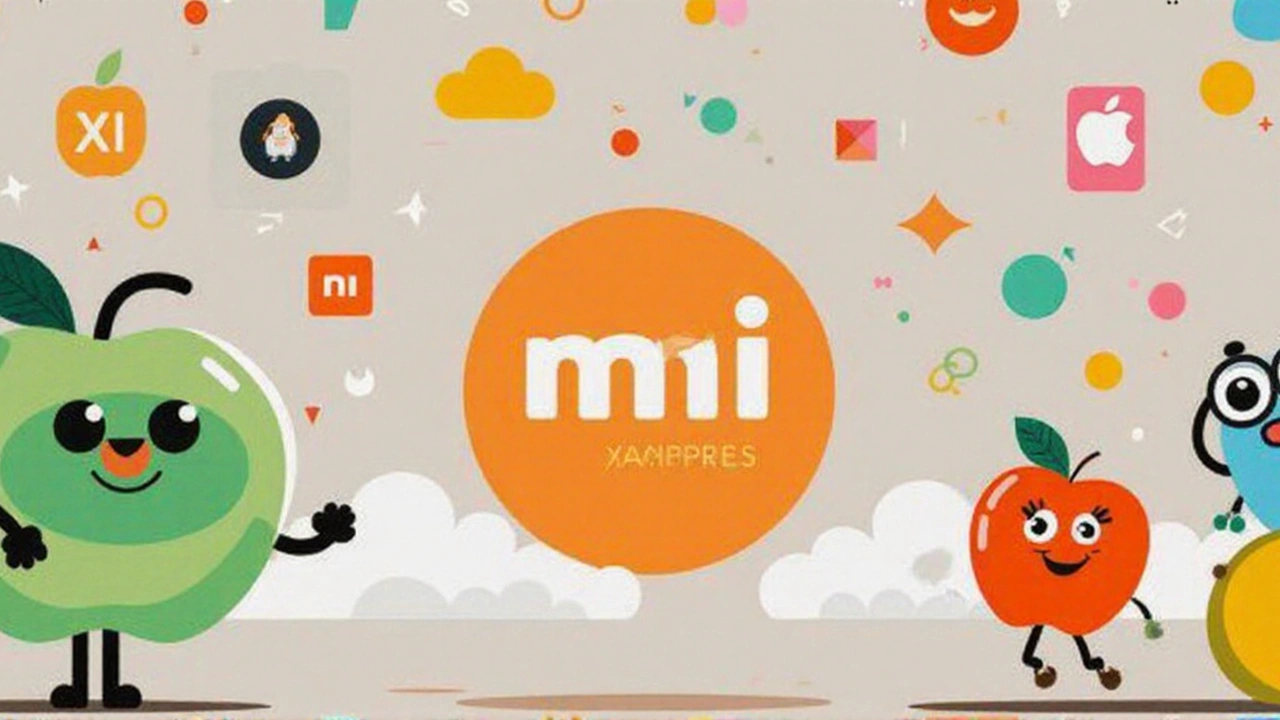Smartphone Pricing: What’s Shaping the Cost of Your Next Phone
When you start looking for a new phone, the first thing you notice is the price tag. It can be confusing because two phones with similar specs can cost vastly different amounts. Below we break down the main factors that push prices up or down, and give you practical ways to get the best deal.
Key Drivers Behind Modern Smartphone Prices
1. Hardware specs – Bigger screens, faster processors, and high‑resolution cameras all add to the cost. Flagship models usually have the latest chips and multiple camera lenses, which is why they sit at the top of the price ladder.
2. Brand premium – Apple, Samsung and a few other brands charge extra simply for the name. The same hardware in a less‑known brand can be 20‑30% cheaper.
3. Supply chain dynamics – Shortages of chips or raw materials can cause temporary price hikes. When the market stabilises, you’ll often see a dip in discount stores.
4. Software support – Phones that promise five‑year OS updates tend to keep their value longer, which is reflected in a higher upfront price.
5. Local taxes and import duties – In South Africa, import levies and VAT add roughly 15% to the listed price. Some retailers absorb part of that cost during sales, so it’s worth checking the final checkout amount.
How to Navigate Prices and Find Real Savings
Start by deciding what you really need. If you rarely use the camera for pro‑level photos, a mid‑range phone with a solid processor will save you a lot. Look at the price range for each tier:
- Budget (R2,000–R4,000) – Usually 5‑6 inches, Snapdragon 6xx or MediaTek mid‑range chips, single‑camera setups.
- Mid‑range (R4,000–R8,000) – Bigger screens, multi‑camera arrays, better battery life, occasional flagship‑grade chip.
- Flagship (R8,000+) – Premium materials, top‑tier processors, high‑refresh‑rate displays, best cameras.
Next, time your purchase. Major sales events – Black Friday, Boxing Day, and local e‑commerce festivals – often bring 10‑30% off. Keep an eye on price‑tracking sites; they can alert you when a model you like drops below a set threshold.
Don’t forget to compare across channels. Online marketplaces, carrier stores, and brick‑and‑mortar electronics shops all list the same phones, but promotions differ. A quick scan can reveal a 5% difference that adds up to dozens of rand.
Consider refurbished or certified‑pre‑owned devices. These phones are inspected, come with a warranty, and can be 20% cheaper than brand‑new units. Just make sure the seller has a clear return policy.
Finally, watch for hidden costs. Some “discounted” phones are bundled with expensive accessories or extended warranties you don’t need. Strip the offer down to the phone price alone before deciding.
By understanding what drives smartphone pricing and using these practical steps, you can avoid overpaying and walk away with a device that fits both your needs and your wallet.
Xiaomi Takes on iPhone with Faster Charging, Lower Prices and Stronger Benchmarks
Xiaomi is openly pitting its flagship phones against Apple’s iPhone lineup, promising sharper cameras, longer battery life and 100W fast charging at a fraction of the cost. The Xiaomi 15 undercuts the iPhone 16 by about 30% while delivering a two‑day battery. Upcoming Xiaomi 17 models claim Geekbench scores that beat the iPhone 17 Pro, plus new features like a Magic Back Screen. Analysts see this as a direct China‑US tech clash, with Xiaomi betting on hardware value over ecosystem lock‑in.

